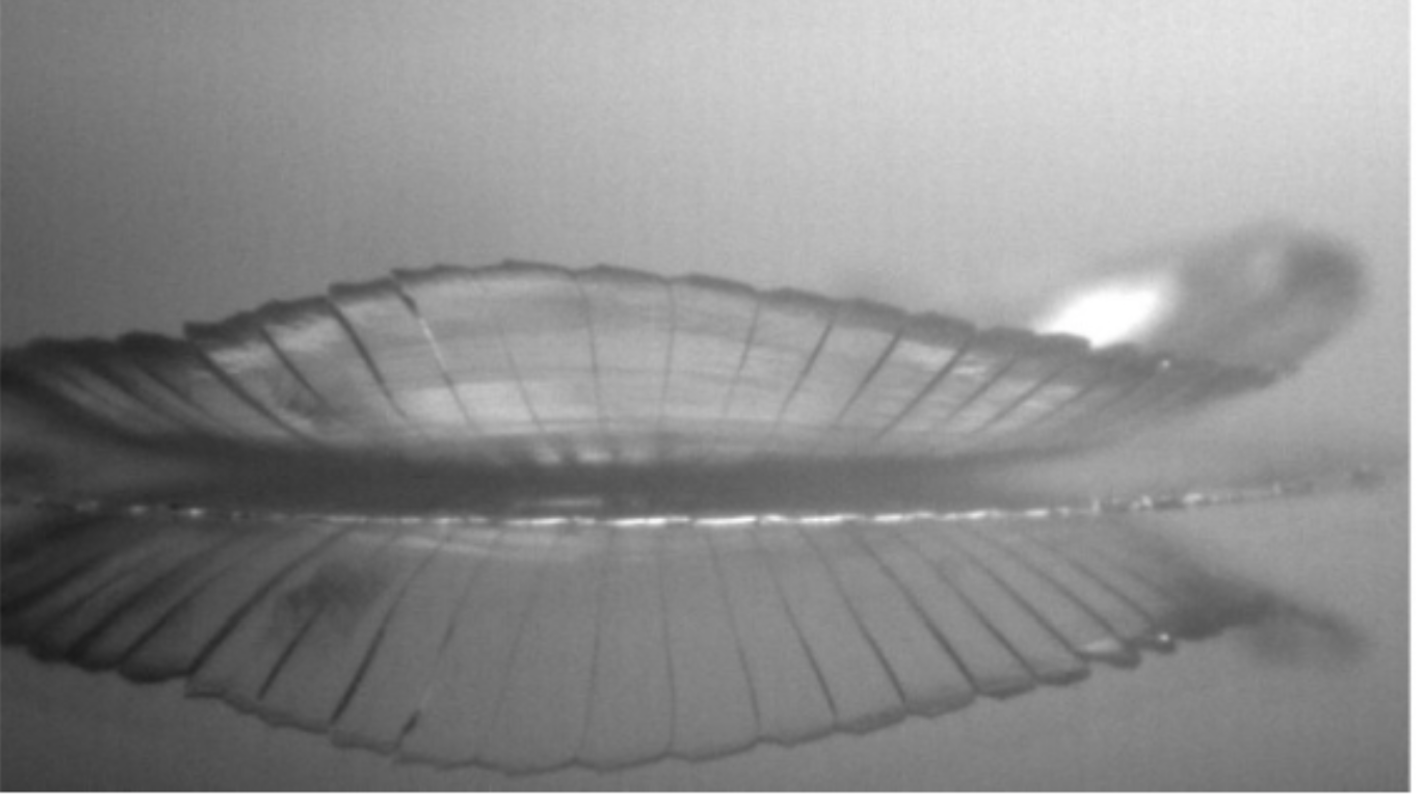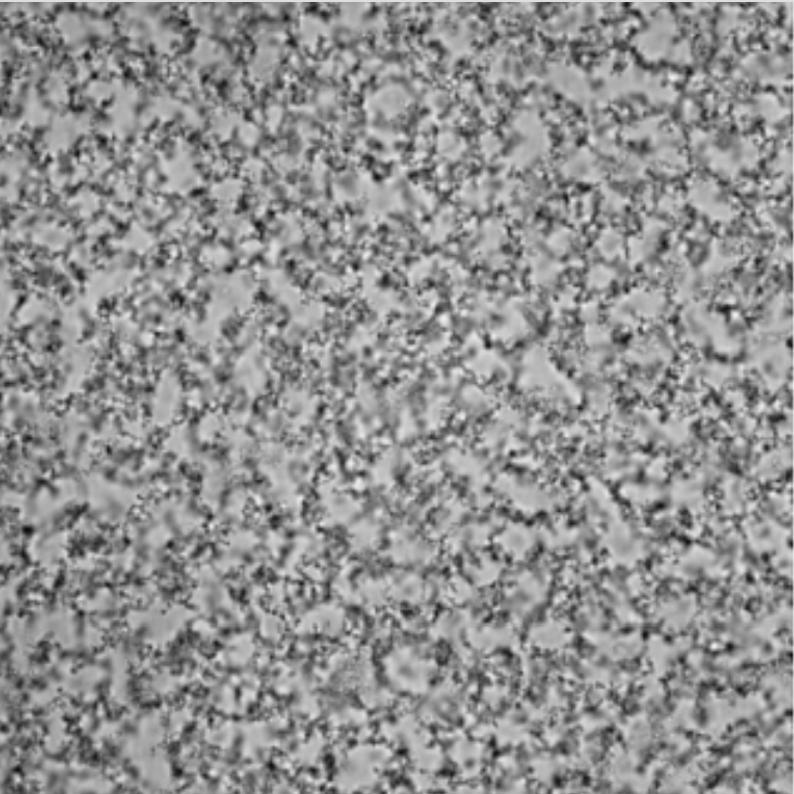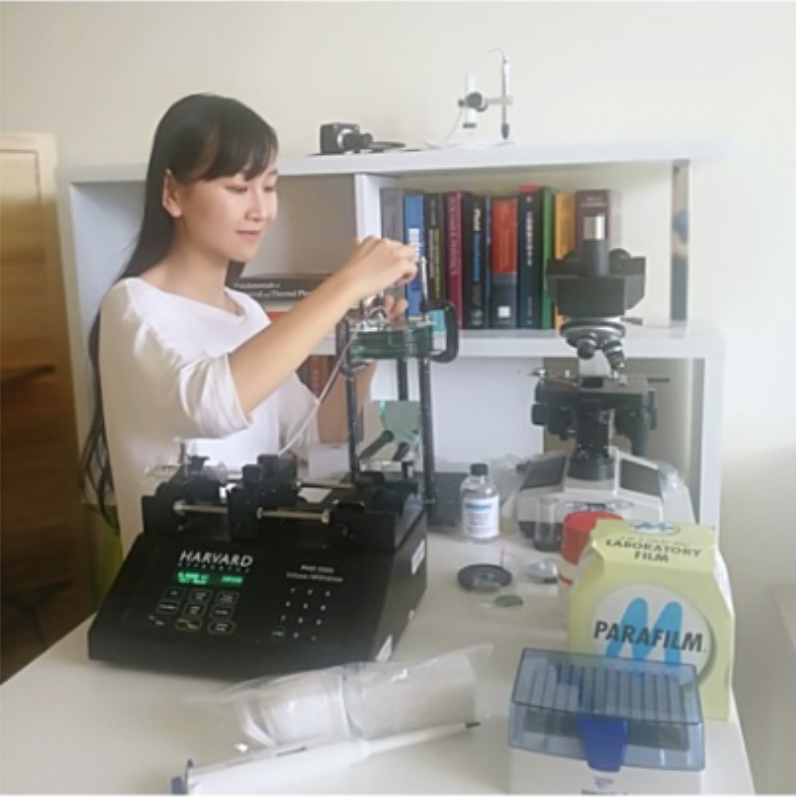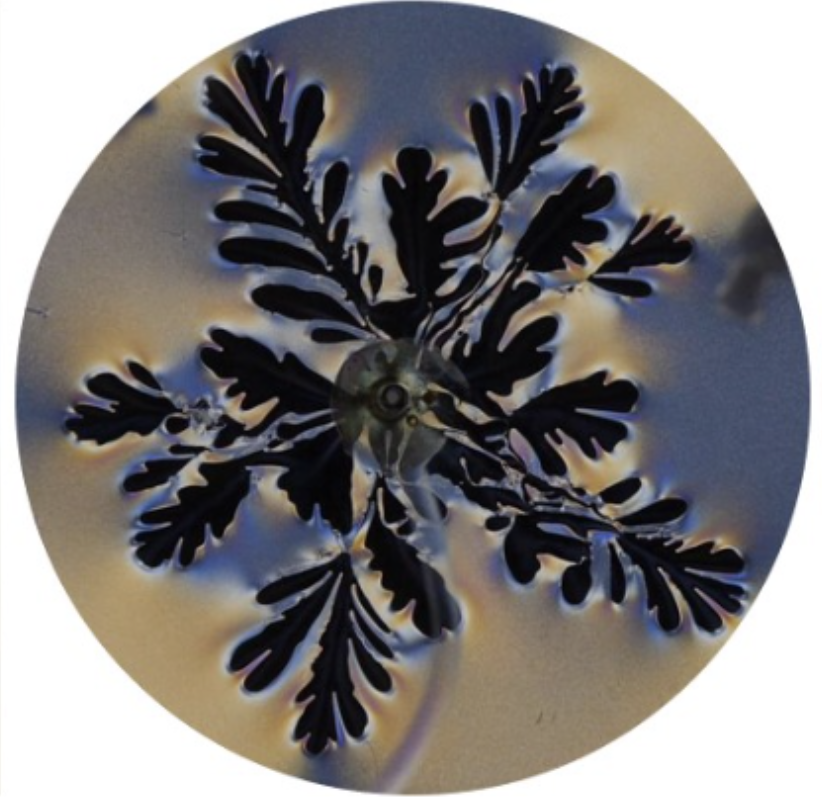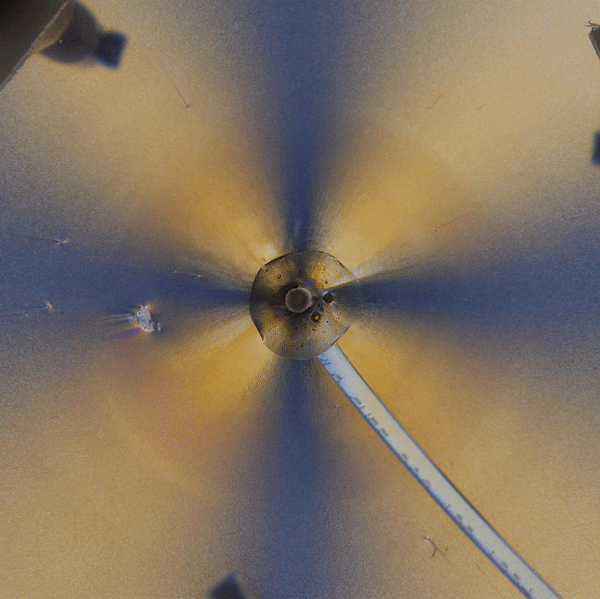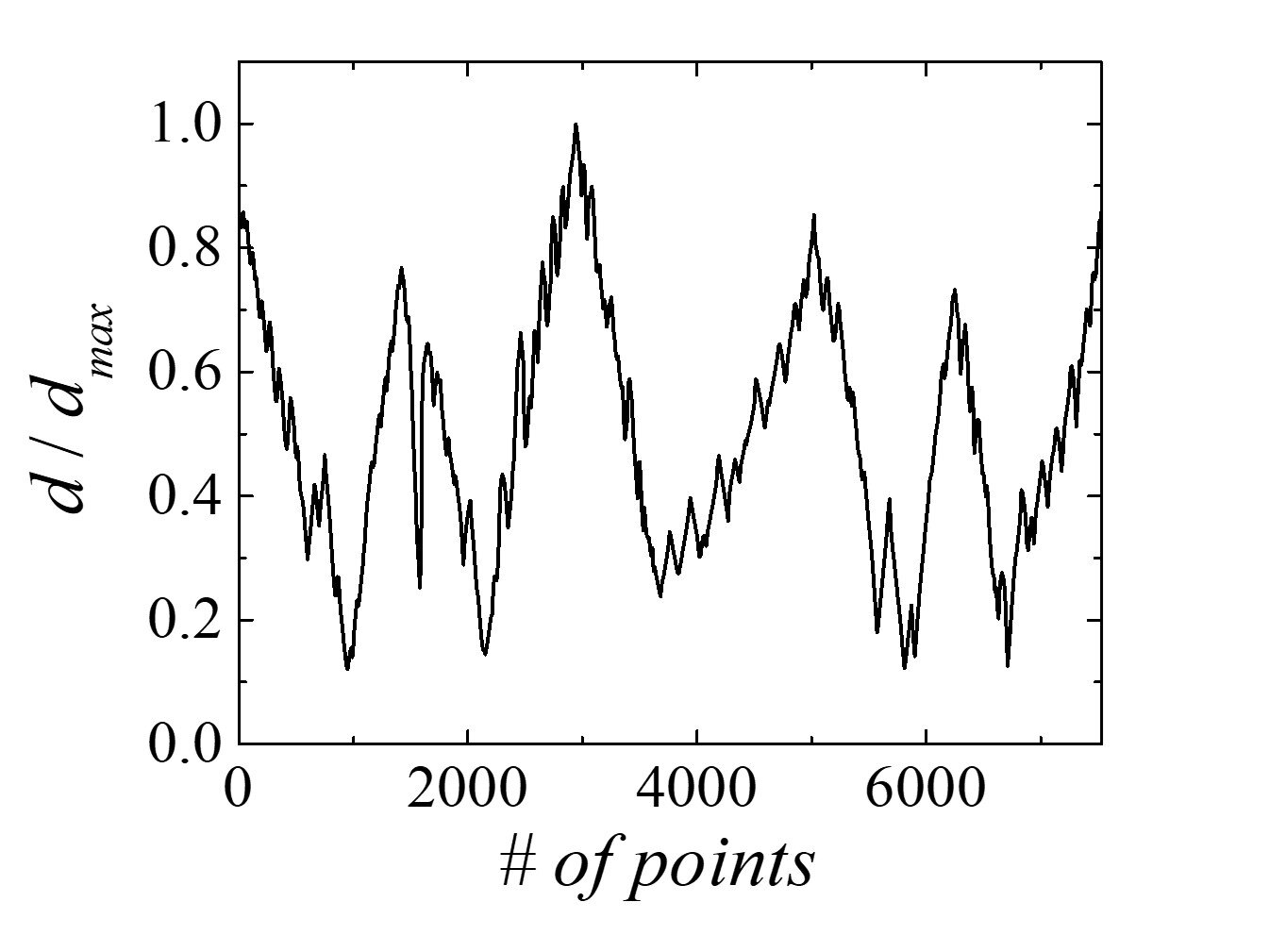Dendritic
Dendritic
What happens when two scientists, a composer,
a cellist and a planetarium animator
make art?
Composed and animated for Multiverse: Hidden Worlds, Charles Hayden Planetarium,
Boston Museum of Science. Score dedicated to the Museum and James Wetzel.
We’re dedicating this video version to the National Girls Collaborative -
a program that brings together organizations committed to informing and encouraging girls to pursue careers in science, technology, engineering, and mathematics (STEM).
If you enjoyed the project, do consider supporting their work!
Making of: The Science
from Irmgard Bischofberger
Our lab at MIT investigates the spontaneous formation of patterns in nature. Such patterns can result from fluid instabilities - from evaporation as a solvent dries out of a suspension of particles, or from the aggregation of ‘sticky’ particles into a gel network.
My graduate student Qing Zhang studies transitions from one type of growth, called dense-branching growth, to another type, called dendritic growth, in the viscous fingering instability. This instability occurs when a less-viscous fluid displaces a more-viscous one (like water pushing into oil) in a confined environment (two glass plates separated by a small gap; in our experiments).
This instability typically leads to finger-like structures that split repeatedly as they grow, resulting in a highly ramified pattern (dense-branching growth). If, however, the system in which these instabilities grow is directionally dependent, i.e. anisotropic, the branching gets suppressed and the pattern grows to become more regular and ordered (dendritic growth).
We can introduce anisotropy in several ways. The movie behind our video uses an intrinsically anisotropic fluid: a liquid crystal. Liquid crystals are rod-like molecules that can align with each other under flow. Due to the alignment, the liquid crystal flows more easily in the direction of the alignment compared to the direction perpendicular to it.
This anisotropy allows for dendritic growth.
These two types of patterns are ubiquitous in nature. Branching patterns are found in trees or human lungs. Dendritic structures are known to all children who are fascinated by snowflakes. Therefore, these fluid instabilities are ideal model systems to study the mechanisms and fundamental characteristics of patterns that surround us.
As scientists we are driven by the desire to reveal the origins of the spontaneous structure selection, but also by the natural beauty of these patterns. We are enraptured by David’s work, which so perfectly captures the subtle interplay between randomness and symmetry.
Making of: The Music
from David Ibbett
It’s been a joy learning about the science of fluid dynamics from Irmgard and Qing. Although we’ve collaborated before, but this is the first time we’ve attempted to directly translate these incredible, spontaneous patterns into sound and music.
After receiving many videos from the lab, I had the honour of choosing one as the basis for the piece:
Dendritic Instability 18wt T23C b=25um 1cst 0.4ml-mi
“Sonification = data -> sound”
Sonification is a wonderful tool for illuminating science, and the method needs to be carefully chosen to highlight the most meaningful aspects of the research. In this case, we needed an approach that would react keenly to the tree-like dendritic branches and sub-branches.
Working with Qing, we used Matlab to generate evenly-spaced points around the border of a single frame.
We then measured the distance of each point from the centre of the image to essentially ‘unfold’ the pattern into a single rising and falling waveform -
The final step: translating this waveform into music!
Drawing gradually through the graph (and therefore clockwise around the image), allowed us to play through the waveform in the manner of a melody.
The Y values were mapped to musical notes within audible range, rounded to the scale of F natural minor (my choice).
The final ‘dendritic melody’ then makes its way into the composition as a pulsing synthesizer melody:
Of course, it sounds even better when you hear it synched with the moving image!
Here’s the full passage:
We were pleased with the way that the two generations of dendritic branches are clearly audible as the extension line moves from peak to trough.
Those versed in music notation will notice the unusual phrase lengths - 4/4, 5/4, 4/4, 5/8, 4/4, 4/4. These are drawn directly from the proportions of the first order branches, with the larger gap caused by one dendritic branch failing the germinate in the pattern.
Nature is, of course, a balance between order and chaos.
Jesse Christeson, cello
Finally, I took this unique time structure as the basis for a lyrical cello melody, which became the emotional core of the piece. I’m proud we can dedicate this video version to National Girls Collaborative. Perhaps my daughter, Eleanor Jane 3/14/20, will be a scientist.
- David Ibbett, 2020
If you enjoyed this collaborative project,
do consider supporting our fundraiser!








